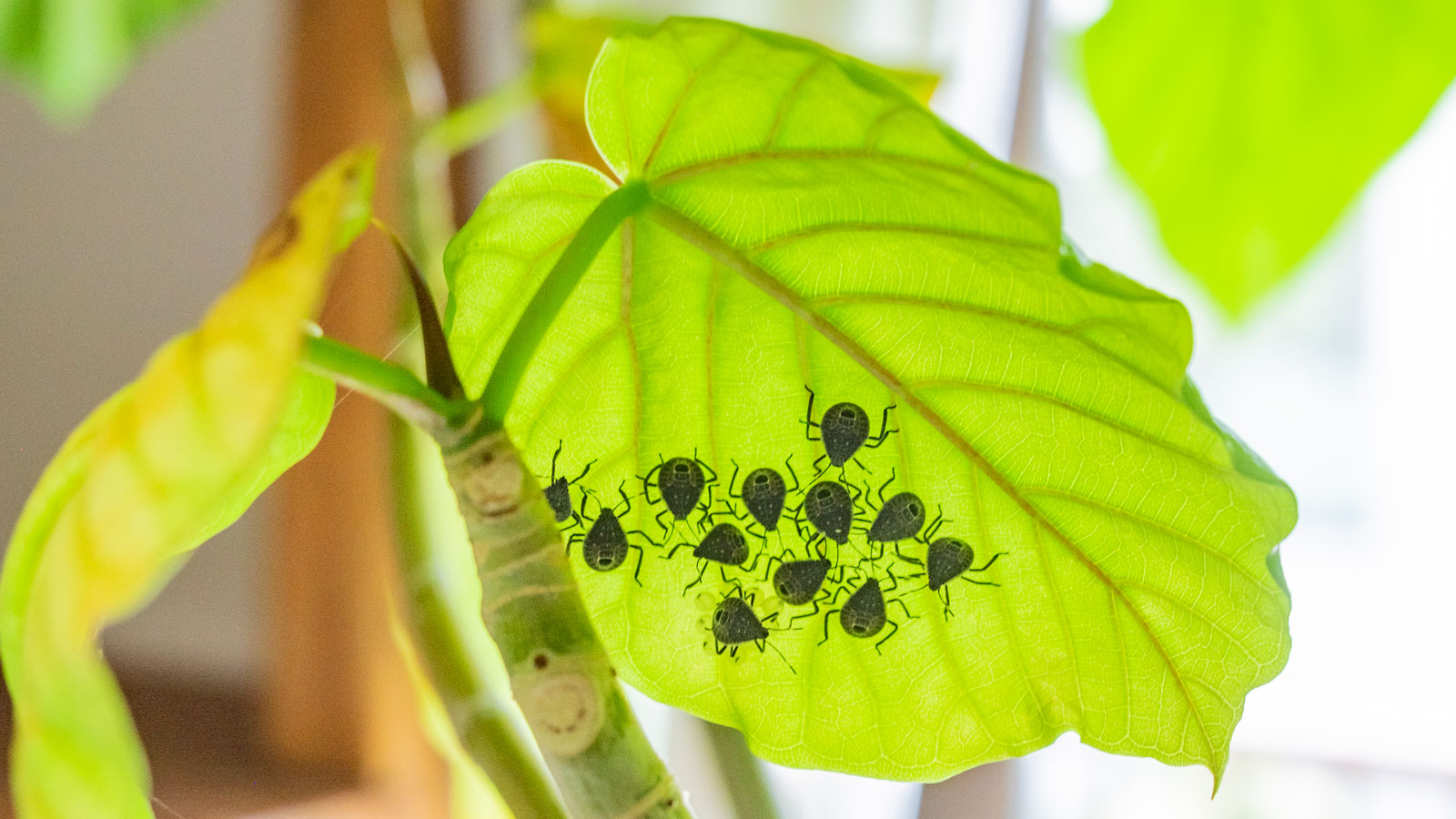Houseplant Pest Identification: Get Smart To Indoor Pests
Getting wise to houseplant pest identification is the first step to nursing sickly plants back to recovery. Watch out for these pests so you can avert calamity quickly


Indoor plants are precious, so when they seem poorly, it’s good to have accurate houseplant pest identification on your side. Our ability to recognize common pests is essential to keeping houseplants healthy – and getting them back to fitness if they start to suffer.
Most popular species are considered easy to grow, but some aspects of their care do need close attention. Learning how to identify pests on houseplants can help you determine the best course of action and develop an effective plan for the best treatment.
Benefits of Identifying Houseplant Pests
For houseplant growers, indoor plant pest identification is vital to control infestations and the potential damage. Becoming more familiar with common houseplant pests can help you devise strategies for prevention and allows them to better monitor for the first signs of their presence. Early detection is key in helping to boost plant health, and ensure indoor plants continue to look their best.
How to Identify Houseplant Pests
In most cases, effective houseplant pest identification requires an up-close look at the plant. While some insects are larger and easier to spot, those that affect indoor containers are usually quite small. This means you need to inspect their plants intently. Make certain you check the undersides of leaves, along their stems, and around the crown and soil line.
When damage is evident, take a good look at each of the plants’ symptoms. Common signs of pest problems include yellowing, the development of lesions or a mottled appearance, and wilting. Then run through the following list to identify the potential species of pest. You can use this information to take steps to remedy the problem.
Common Houseplant Pests
- Aphids: A wide range of aphid species prey on houseplants. Aphids ‘suck’ the plant’s sap as they feed, which harms delicate plant foliage. Large numbers of aphids are likely to leave a noticeable sticky substance on foliage, called honeydew. Honeydew is formed from undigested sugars that have been excreted by the aphid. Fortunately, the insects are fairly easy to control through the use of insecticidal soap, horticultural oils like neem oil, commercial sprays or strong blasts of water.
- Fungus Gnats: You are most likely to spot fungus gnats at the soil level. The pests’ larvae will feed on organic matter and sometimes on roots within the potting soil. Though this insect is unlikely to cause damage to larger or more established houseplants, large numbers of gnats can become a nuisance to people. To better control larvae, allow potting soil to dry well between each houseplant watering.
- Spider Mites: Like aphids, spider mites cause damage to houseplants by sucking sap from tender leaves. If you suspect spider mites, check the underside of the plant’s leaves carefully. As this pest is quite small, a magnifying glass may be needed to confirm its identity. Damaged foliage is likely to turn yellow or take on a spotted sickly look. A severe instance of mites often results in premature leaf drop and a less-than-pleasing appearance in the plant’s foliage.
- Whiteflies: These are small, flying insects with a notable white body. Damage caused by whiteflies is similar to that from other pests that feed on the plant’s sap. Identifying them requires close examination of the plant’s leaves and stems. Most sources suggest the use of insecticidal soaps to control large numbers of whiteflies. Follow the manufacturer’s instructions for safe use.
Sign up for the Gardening Know How newsletter today and receive a free copy of our e-book "How to Grow Delicious Tomatoes".

Tonya Barnett has been gardening for 13 years. Flowers are her passion. She has transformed her backyard into a cut flower garden, which she regularly chronicles on her YouTube channel http://www.youtube.com/@tonyawiththeflowers.